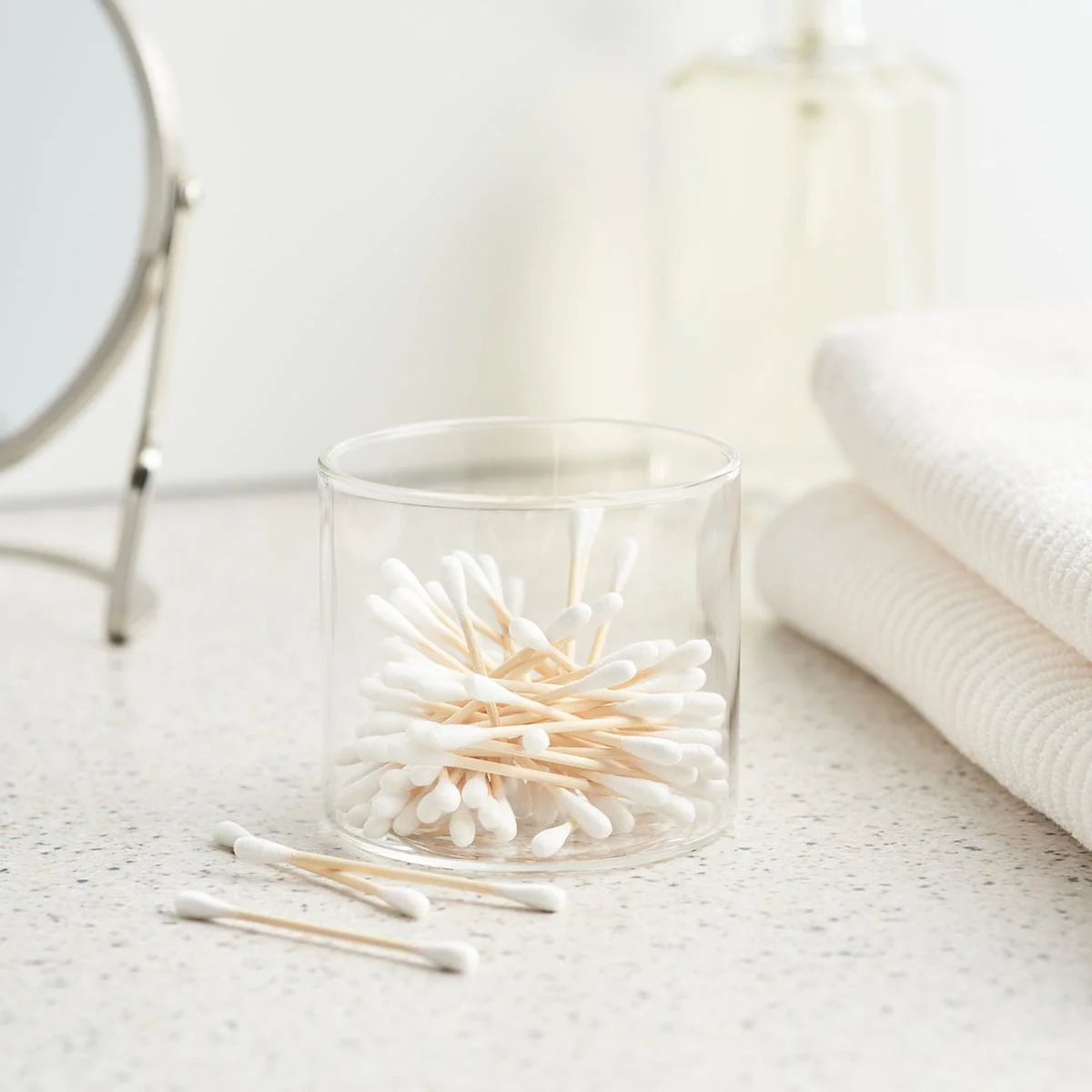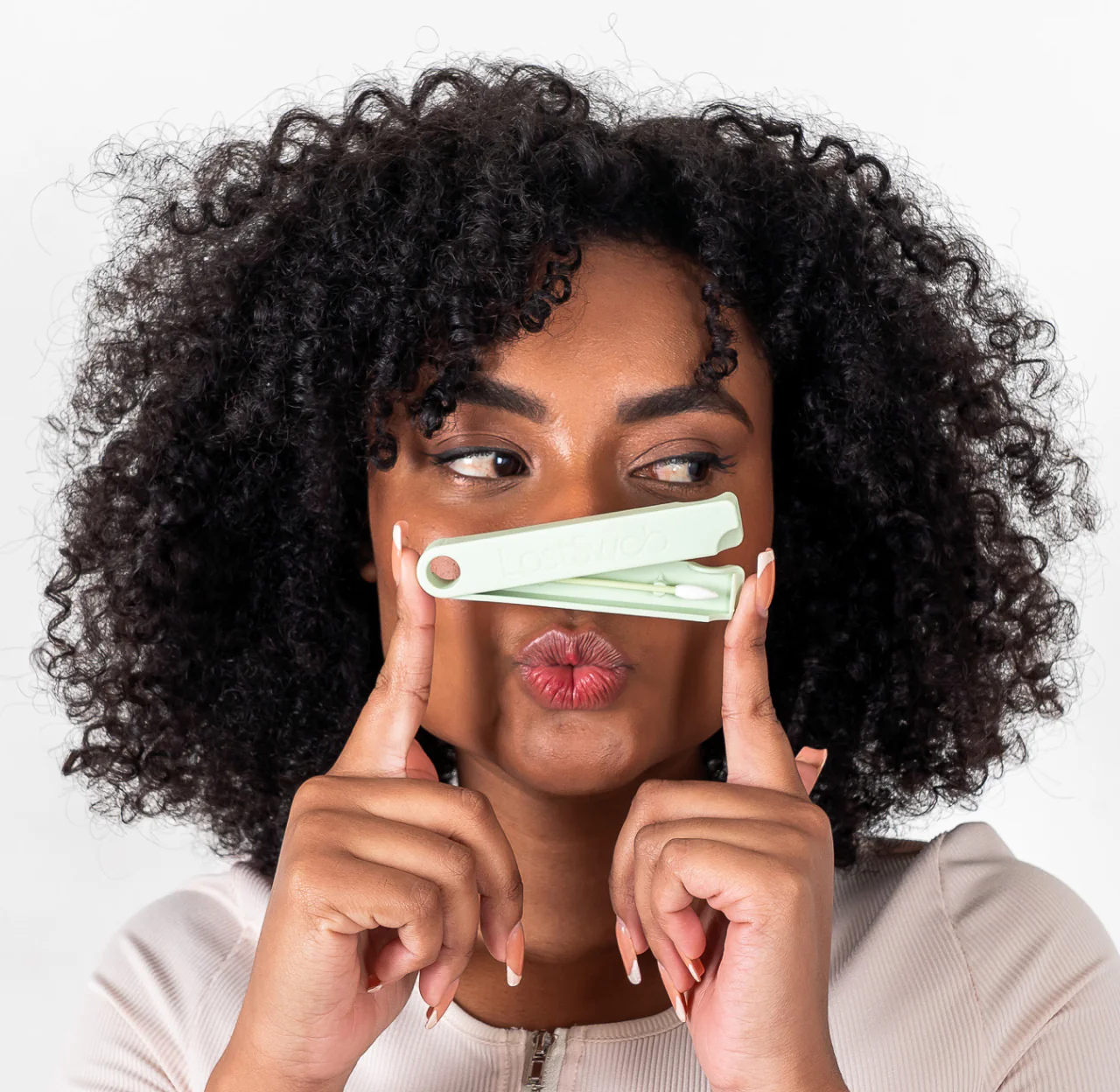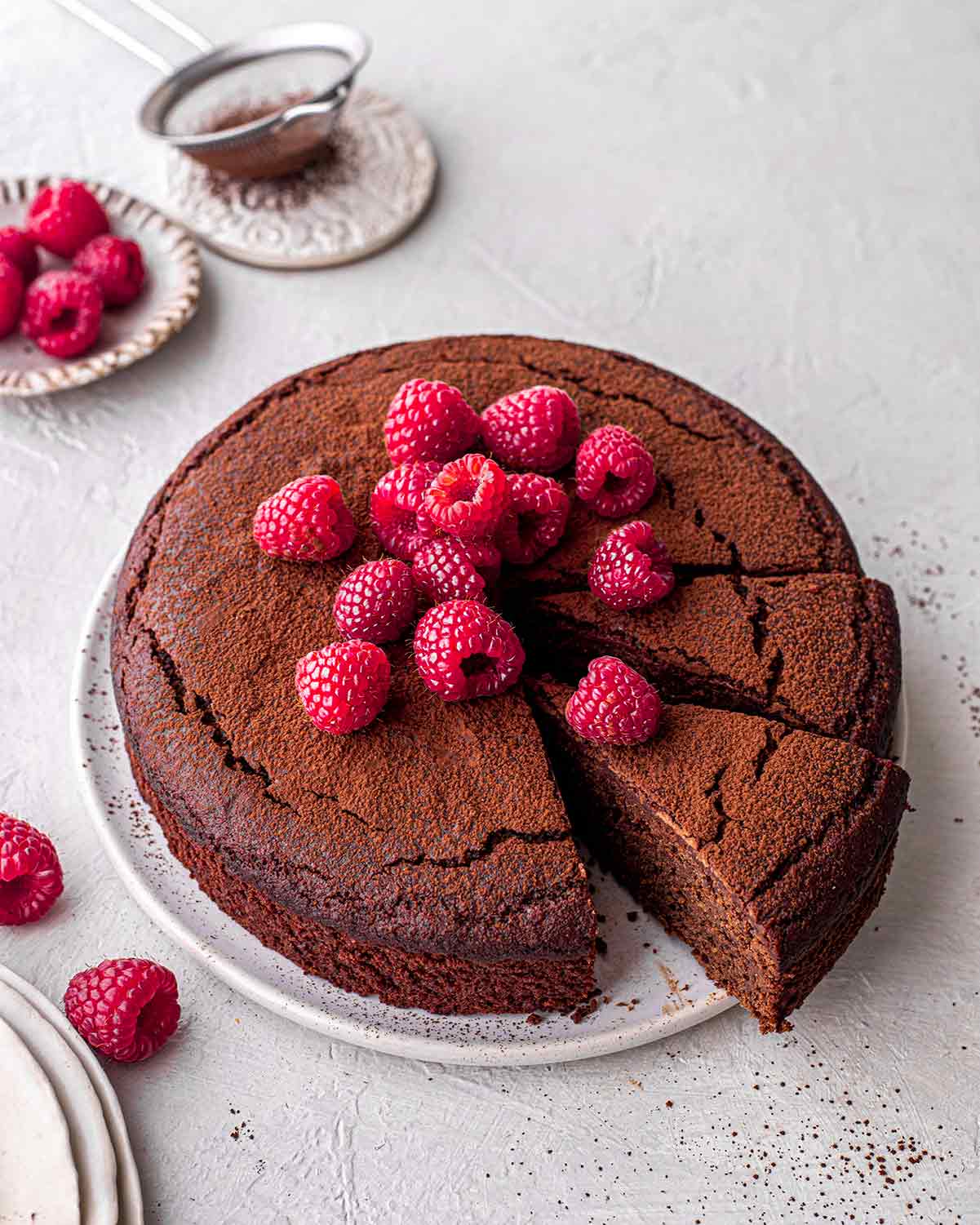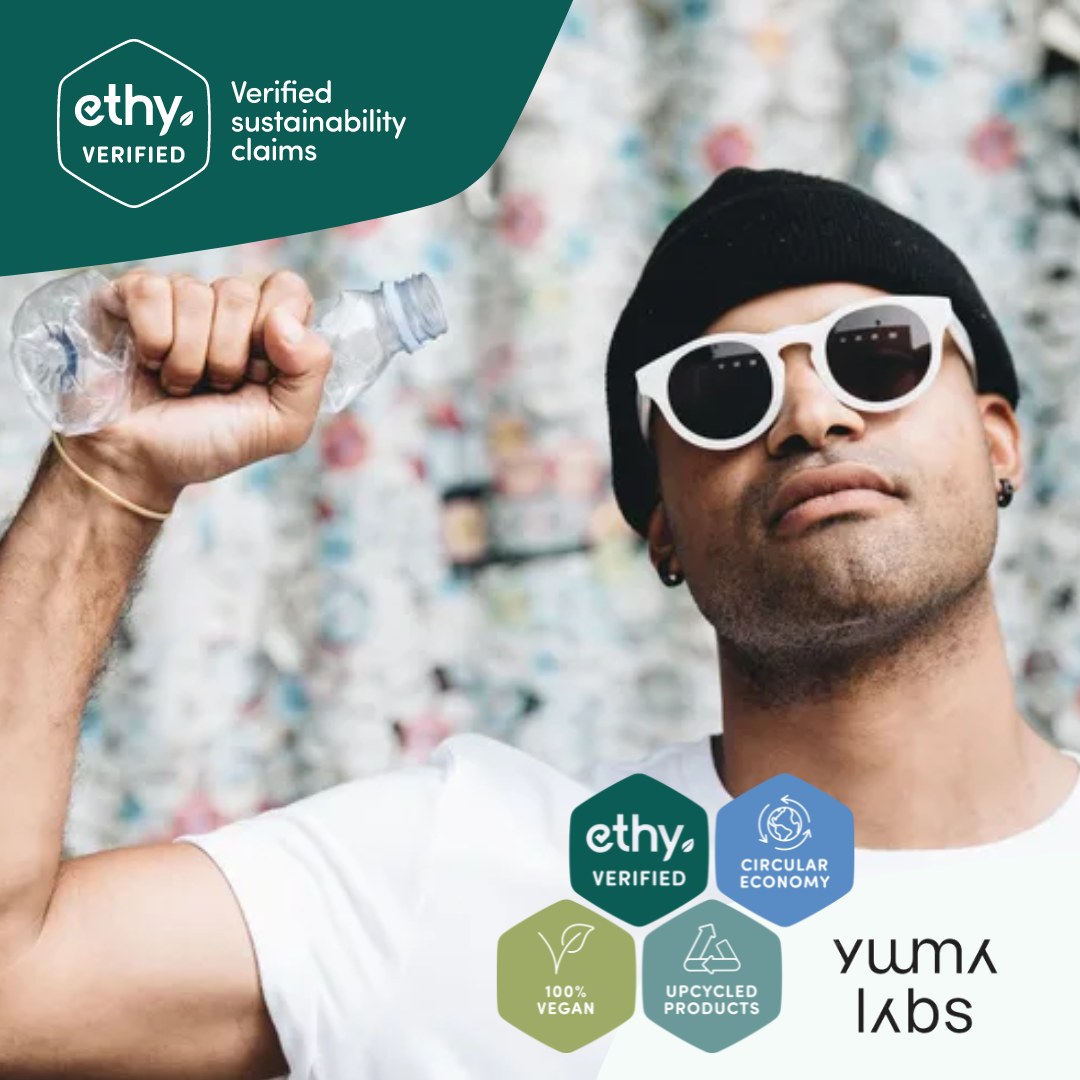Switch to Zero Waste Cotton Buds

Plastic cotton buds are now illegal to sell in England, but there are still lots around (including abroad where there are not bans), plus many brands are still sold in plastic packaging.
Jungle Culture is a good brand of biodegradable cotton buds, made from organic cotton and bamboo. This brand uses a strong and thick durable species of bamboo, meaning these buds are difficult to break.
How to Dispose of Cotton Buds
Don’t use cotton buds to clean your ears (you could damage your eardrum, especially for babies). For wax inside the ears – clean up your diet, use a wet flannel, or visit the GP to get your ears syringed (you’ll hear better too!)
Better uses for cotton buds include:
- Cleaning small electronics or keyboard crevices
- Touching up natural nail polish
- Applying ointment to minor cuts
- Cleaning jewellery
Disposal tips:
- If using fully compostable buds, place them in your home or food waste compost bin.
- If not, toss in your regular waste, not the recycle bin.
- Never flush buds down the toilet.
Plastic waste in oceans
Plastic cotton buds often slip through drains, glide past filters, and head straight for waterways. Their lightweight build and tiny size make them hard to catch. When these plastic pieces enter the sea, they become food for seahorses, fish, and even seabirds. Marine creatures mistake them for food, swallow them, and sometimes end up with bellies full of plastic.
Reusable Silicone Buds

They have mixed reviews, but there are now reusable silicone buds. They look like regular cotton buds but are built to last.
- Made from medical-grade silicone that’s gentle yet tough.
- Wash and reuse hundreds of times with a quick rinse under the tap.
- Often come in their own little case, making them handy for travel or work.
Just think—one reusable bud can take the place of many single-use versions. You’re not only saving money but also keeping a steady stream of waste out of the bin week after week.






